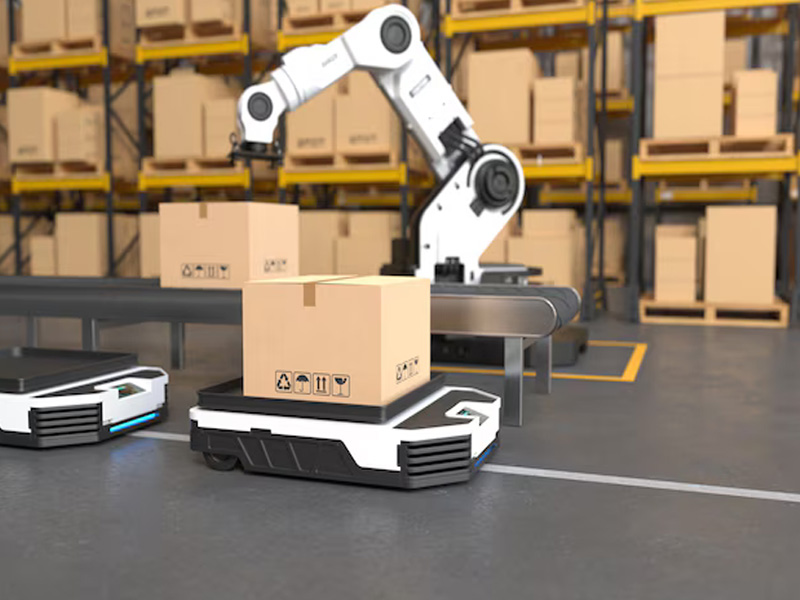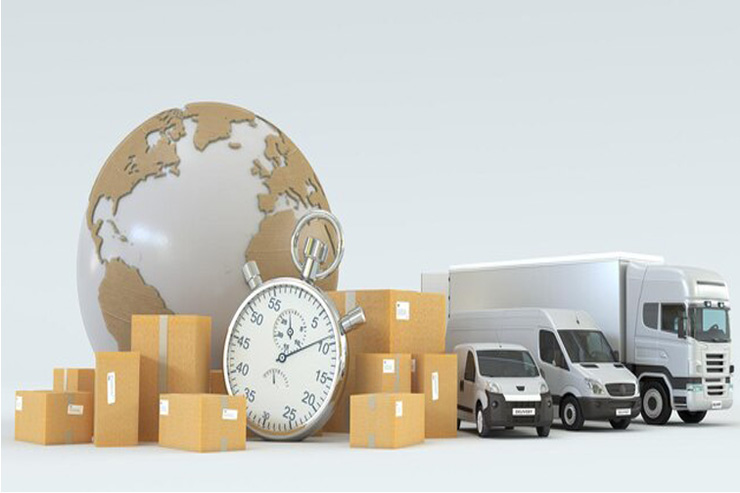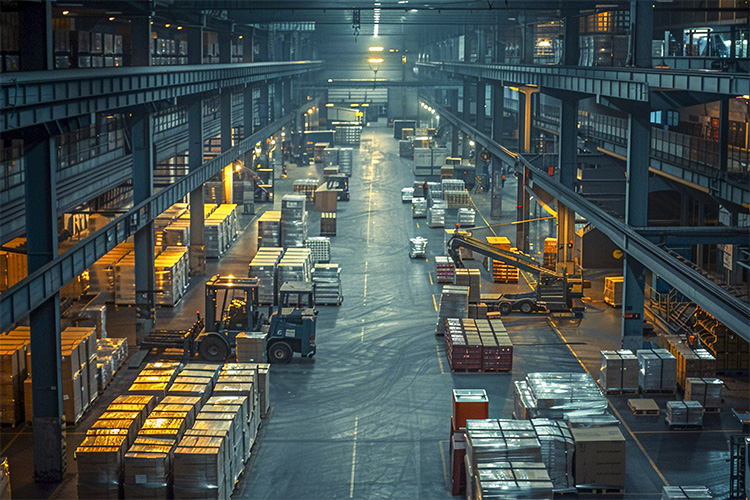The world is currently experiencing an unprecedented transformation in warehouse management and distribution, with the concept of smart warehousing emerging as one of the most important innovations in the logistics industry. With the rapid growth of e-commerce and increasing customer expectations for faster and more accurate deliveries, traditional warehousing methods are no longer sufficient.
Smart warehouses rely on a combination of Artificial Intelligence (AI), robotics, and the Internet of Things (IoT) to manage operations seamlessly. For instance, advanced systems can monitor stock levels in real time and predict future demand based on historical data, effectively reducing both stock shortages and overstock issues.
Robotics plays a vital role in saving time and reducing manual errors, as automated machines can transport goods within the warehouse with high efficiency. Additionally, technologies like RFID (Radio-Frequency Identification) provide precise tracking of every product from the moment it enters the warehouse until it reaches the end customer.
One of the key benefits of smart warehouses is not only improving efficiency but also significantly reducing operational costs. Businesses are no longer tied to costly manual processes but can instead rely on automation and data-driven insights to achieve substantial savings.
Moreover, with the rising importance of sustainability, these technologies also contribute to reducing energy consumption by optimizing space utilization and resource allocation.
Looking ahead, smart warehouses are expected to become a global standard, and adopting such technologies will be the determining factor between businesses that thrive in modern markets and those that lag behind.
The world is currently experiencing an unprecedented transformation in warehouse management and distribution, with the concept of smart warehousing emerging as one of the most important innovations in the logistics industry. With the rapid growth of e-commerce and increasing customer expectations for faster and more accurate deliveries, traditional warehousing methods are no longer sufficient.
Smart warehouses rely on a combination of Artificial Intelligence (AI), robotics, and the Internet of Things (IoT) to manage operations seamlessly. For instance, advanced systems can monitor stock levels in real time and predict future demand based on historical data, effectively reducing both stock shortages and overstock issues.
Robotics plays a vital role in saving time and reducing manual errors, as automated machines can transport goods within the warehouse with high efficiency. Additionally, technologies like RFID (Radio-Frequency Identification) provide precise tracking of every product from the moment it enters the warehouse until it reaches the end customer.
One of the key benefits of smart warehouses is not only improving efficiency but also significantly reducing operational costs. Businesses are no longer tied to costly manual processes but can instead rely on automation and data-driven insights to achieve substantial savings.
Moreover, with the rising importance of sustainability, these technologies also contribute to reducing energy consumption by optimizing space utilization and resource allocation.
Looking ahead, smart warehouses are expected to become a global standard, and adopting such technologies will be the determining factor between businesses that thrive in modern markets and those that lag behind.
 English
English
 Deutsch
Deutsch



